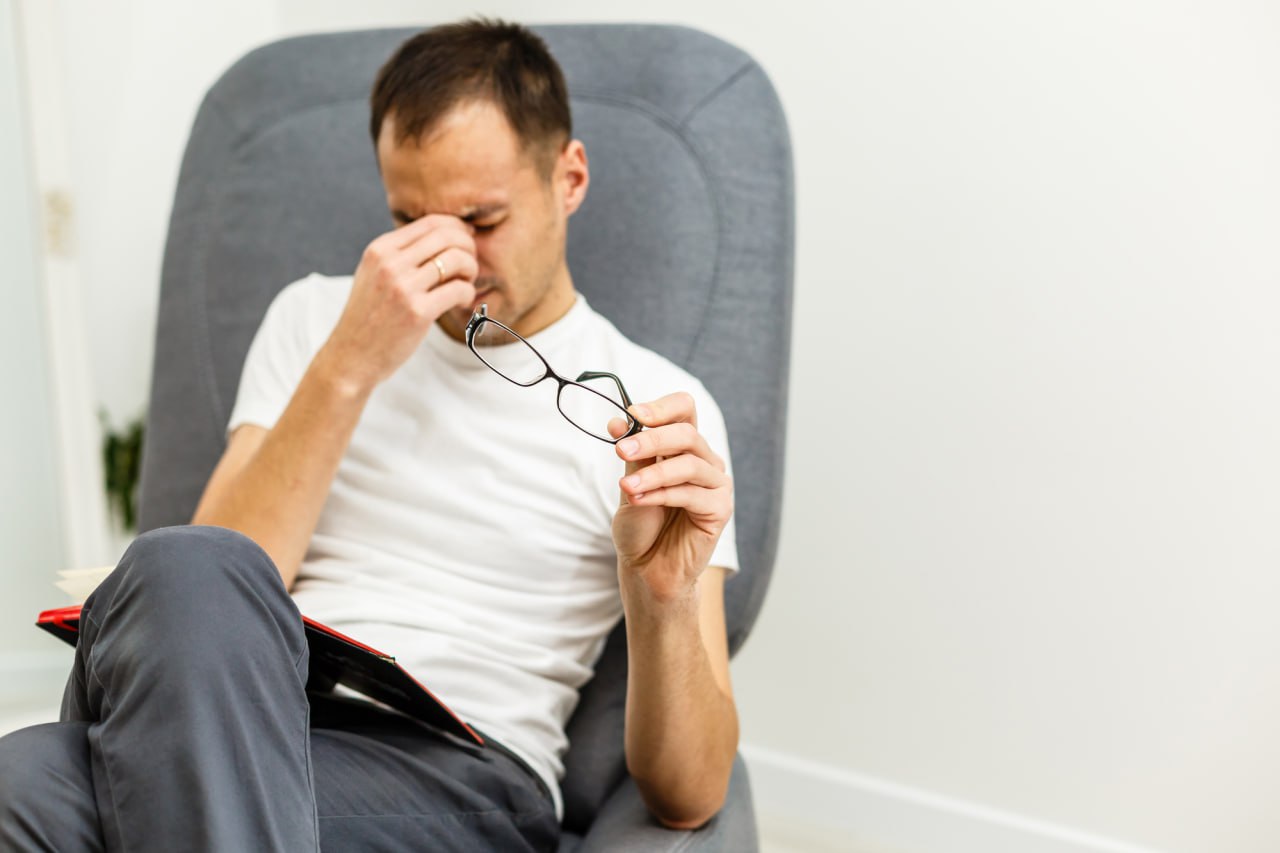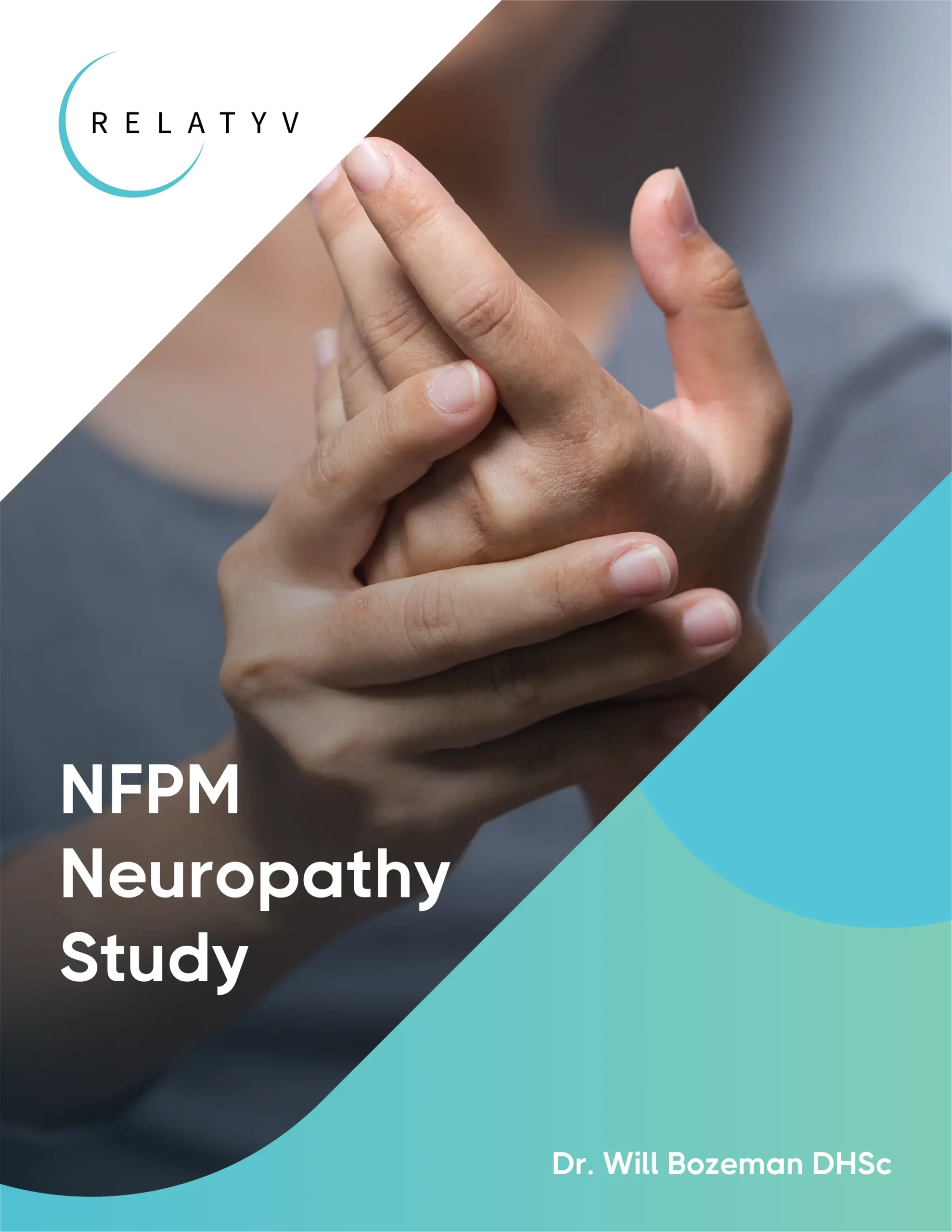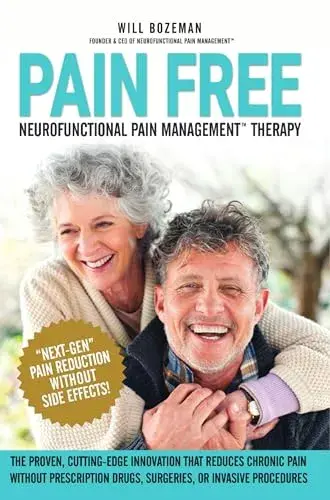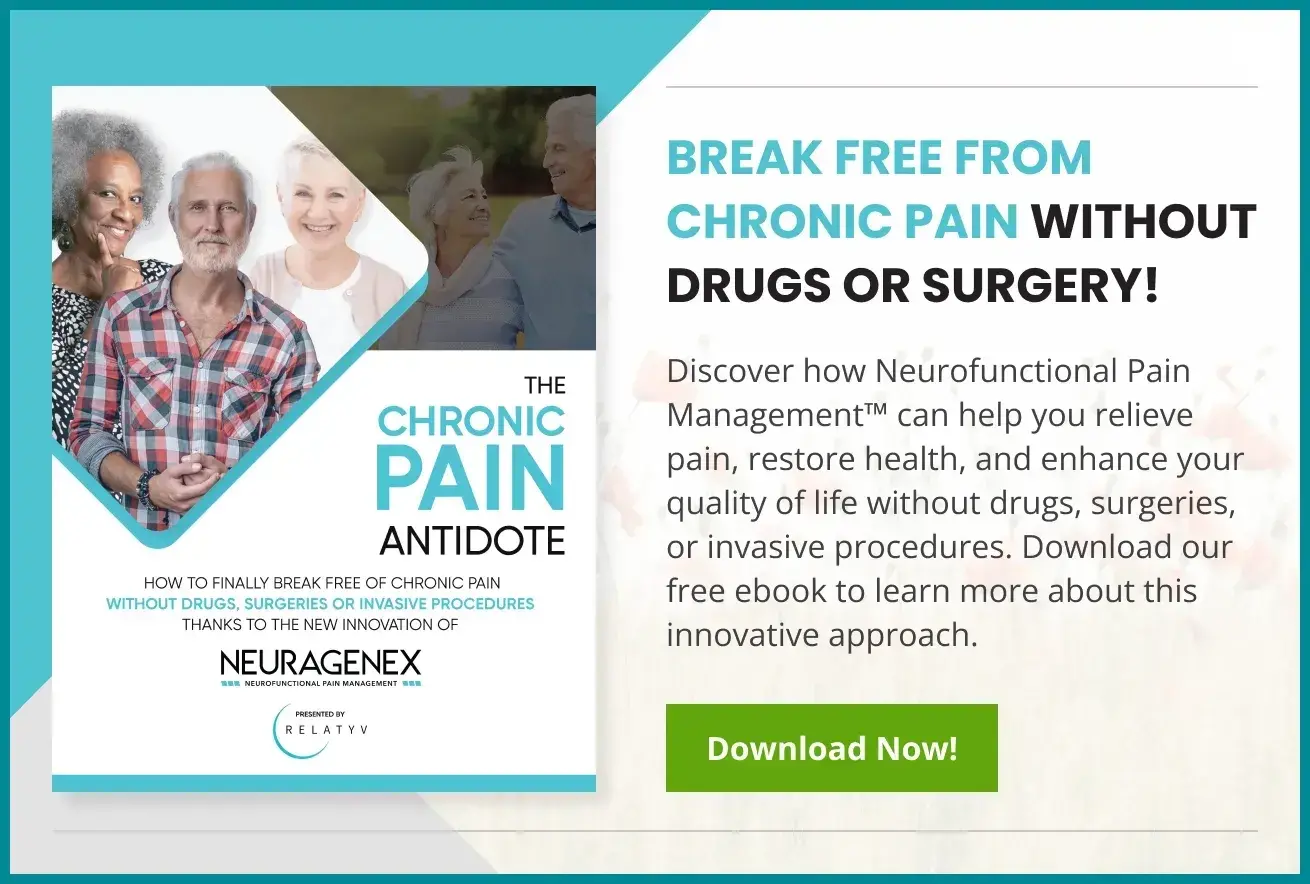Peripheral Neuropathy

What’s The Connection Between Peripheral Neuropathy And Fatigue?
Read More
November 7, 2022
Peripheral Neuropathy put simply, is either pain or the loss of feeling in the extremities due to a number of chronic conditions or medications. The main cause of this condition is type 2 diabetes, and as Americans become more and more sedentary in their work conditions and indulge fewer nutritional diets, diagnosis for type 2 diabetes increases. A recent study from 2020 found that diabetes had a “. . . global prevalence in adults in 2017 being 8.8% of the world population, with the anticipation of a further increase to 9.9% by 2045” (Standl 2020). With the increase of type 2 diabetes, it is not surprising that there is an increase in the number of patients who also suffer from peripheral neuropathy. How exactly does type 2 diabetes lead to peripheral neuropathy and how does peripheral neuropathy lead to a dangerous loss of motor function?
We can think of our bodies containing thousands of pathways, roads, and highways of nerves and veins. If our veins are the major highways, we can think of the nerves as roads that are connected to those veins. Ultimately these roads and highways all affect how our body functions. Patients are ultimately diagnosed with type 2 diabetes when the level of insulin in their blood cannot keep up with the excess sugar. Where insulin manages blood sugar, blood sugar in extreme excess can damage the nerves which then leads to peripheral neuropathy.
At the center of our nervous system is the central nervous system (CNS). Every feeling we have of pain or pain relief runs through our CNS to our brain which interprets the feeling as pain, or pain relief. As was mentioned previously, the nerves in the body extend from the CNS like a highway to our fingers and toes. It is in these places where the nervous system has reached its extent (or peripheral). Small pain fibers connected to the ends of our nerves in our fingers and toes malfunction when an excess of sugar is introduced to the bloodstream You can visualize insulin as a dam that works to keep excess sugar from spilling over the top and damaging the microchip that is our nervous system. If even a tiny grain of sand– or in this case a grain of sugar– gets into a microchip, that microchip is compromised and will malfunction.
Our CNS is an incredibly complex system that adapts not only to interpret pain, but to feel pain treatment. Often patients who suffer from the damage of peripheral neuropathy will feel the pain– stinging, tingling, and burning– and this can lead to a loss in motor function, making patients less likely to exercise or complete simple tasks. Comparatively, the loss of feeling from peripheral neuropathy also leads to a loss of motor function. Any way you slice it, the conditions of peripheral neuropathy are not friendly to those who seek to maintain an active or sometimes even functioning lifestyle. Patients familiar with the condition will tell you, they cannot get around like they used to on a daily basis. They often report confusion and frustration and ask, “What does my diabetes have to do with the burning in my toes?” and “Can my diet really affect how my fingers and toes feel? I can’t do anything about that”. Often, patients will report incidents where they fell because they could not feel the nerves in their feet, or they dropped something because of the pain in their hands.
Regardless of the pain, frustration, and confusion surrounding the condition of peripheral neuropathy, patients don’t need to feel that their loss of motor function is permanent and that they “can’t do anything” about it. The fact is patients can do something about it today with Relatyv.
Relatyv offers a next generation pain management treatment program called Neuralgesia. Neuralgesia is a proprietary treatment protocol that uses a combination of high pulse electrical stimulation and specialized hydration therapy to produce a highly effective and enduring pain relief that can last for several months. Relatyv is on a mission to relieve pain restore health, and magnify quality of life without medications, surgery, or invasive procedures and become the first thought, first choice, and first step in the journey of chronic pain management.
About the Author
Will is a healthcare executive, innovator, entrepreneur, inventor, and writer with a wide range of experience in the medical field. Will has multiple degrees in a wide range of subjects that give depth to his capability as an entrepreneur and capacity to operate as an innovative healthcare executive.
Share on Social Media




You can see how this popup was set up in our step-by-step guide: https://wppopupmaker.com/guides/auto-opening-announcement-popups/
You can see how this popup was set up in our step-by-step guide: https://wppopupmaker.com/guides/auto-opening-announcement-popups/
Neurofunctional Pain Management Overview
IV Therapy
Symptoms
Conditions Treated
Treatments
Articles by Category
Locations
Colorado
Wisconsin
Georgia
Hiram
Lawrenceville
Marietta
Powder Springs
Texas
Waco
Victoria
Illinois
Buffalo Grove
New Lenox
St. Charles
Arizona
Tucson
Waddell
Arlington
Avondale
Buckeye
Superior
Mesa
Palo Verde
Morristown
Tempe
Chandler
Anthem
Eloy
Florence
Fort McDowell
Phoenix
El Mirage
Coolidge
Gilbert
Arizona City
Casa Grande
Casa Blanca
Aguila
Sacaton
Apache Junction
Kearny
Stanfield
Goodyear
Litchfield Park
Alabama
Arkansas
California
Florida
Idaho
Michigan
Rhode Island
Minnesota
New Mexico
North Carolina
Ohio
Pennsylvania
South Dakota
Tennessee
Virginia

